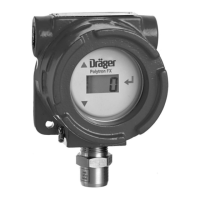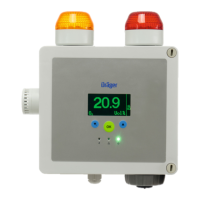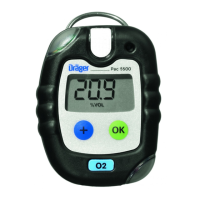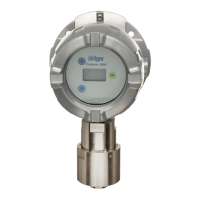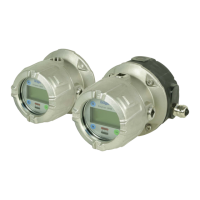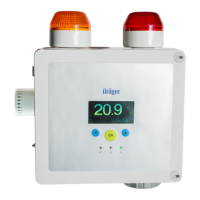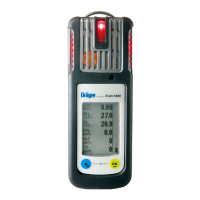78
Description of Design
Description of Design
The gas transmitter Dräger PIR 7000 / Dräger PIR 7200 is a measurement transducer to
measure the concentration of hydrocarbons / carbon dioxide in the atmosphere according to
the principle of absorption of infrared radiation.
The infrared technology differs from other sensing technologies by:
Clarity of reading for concentrations above the lower explosion limit (resp. up to 100 % vol.
carbon dioxide for Dräger PIR 7200), reduced maintenance efforts due to increased long-
term stability, fault safety (Fail Safe), insensitivity against flow velocity, insensitivity against
polymerising and corrosive substances and catalyst poisons, unlimited measuring sensitivity in
oxygen deficient and oxygen free mixtures, no proof of ethine, hydrogen and carbon
disulphide.
The microprocessor technology allows for:
Detection of device faults and warning via status indicator and current output and/or digitally,
special calibration mode for suppressing the alarm triggering in the central device during
maintenance (one-man-calibration), individual linearisation of reading for all characterised
measured gases, temperature compensation, measuring range freely selectable.
The ambient air to be monitored gets into the measuring cuvette by diffusion, supported by a
thermally generated suction through the splash guard ("chimney effect").
An infrared radiation source generates a wideband modulated radiation (visible part
recognised from flashing). The radiation emerges from the stainless steel housing through a
sapphire window and passes through the measuring cuvette twice. The mirror reflects the
radiation which is guided into the optic module and to the detectors. The measuring cuvette is
heated to avoid condensation of the atmospheric humidity.
Compounds of hydrocarbons resp. carbon dioxide in the atmosphere lead to an absorption of
radiation at the measured wavelength and thus to a signal decrease of the measuring detector.
The zero-point stability is ensured by a reference detector which compensates for the effects
of contamination of mirror and window as well as potential variations of intensity of the infrared
radiation source.
A second internal radiation source allows for the compensation of thermal drift and ageing
processes of both detectors or sources. The combination of these two compensation
processes provides optimum signal stability.
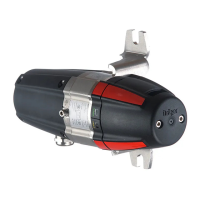
